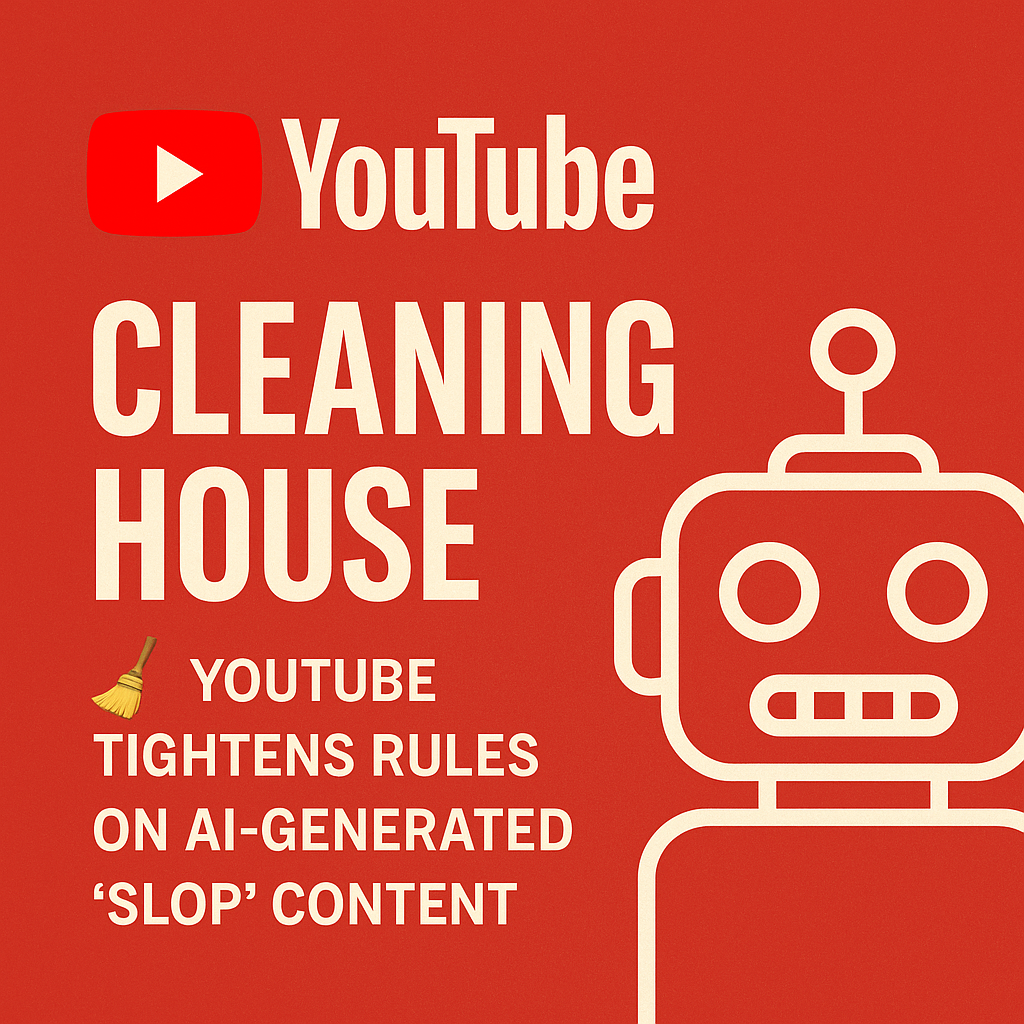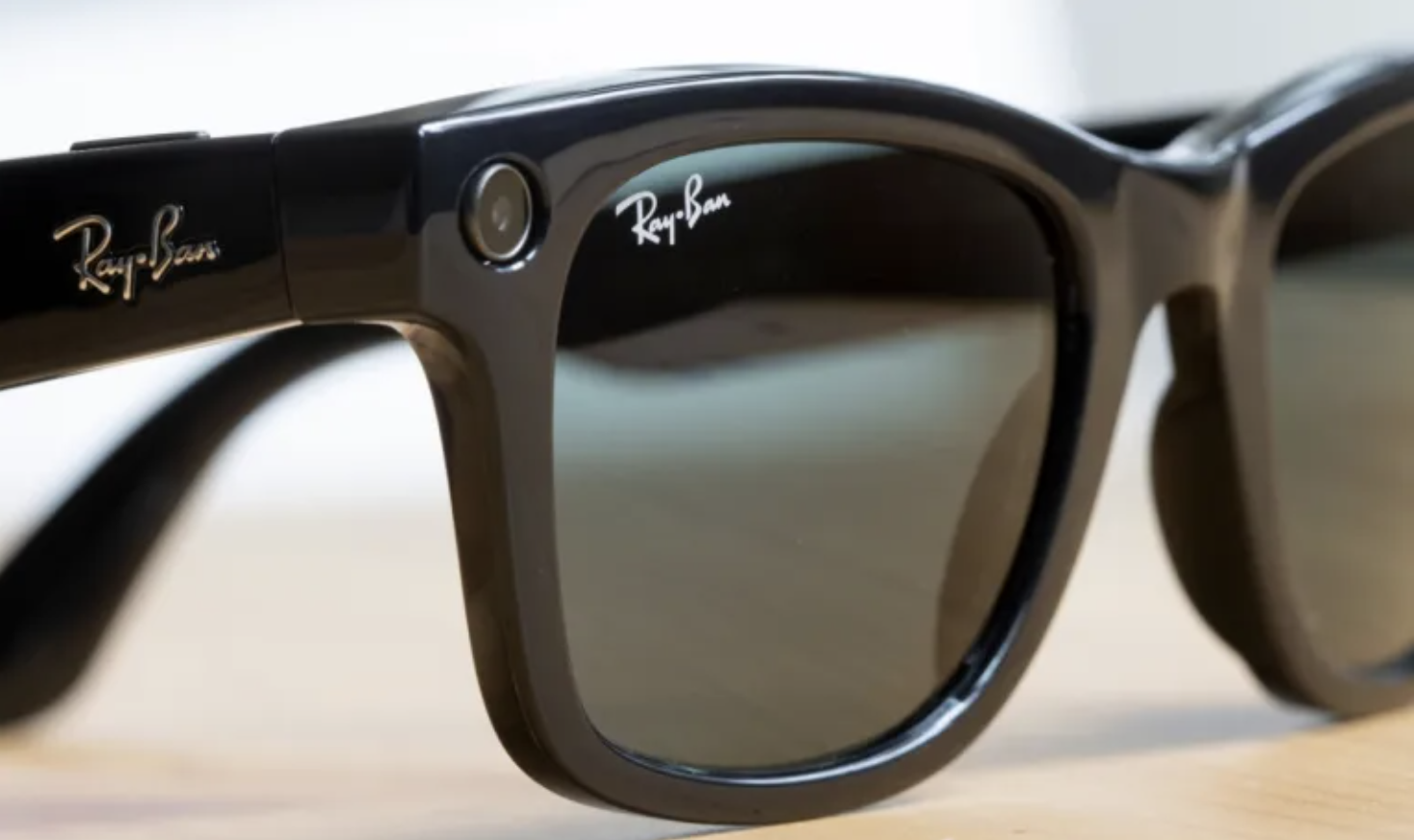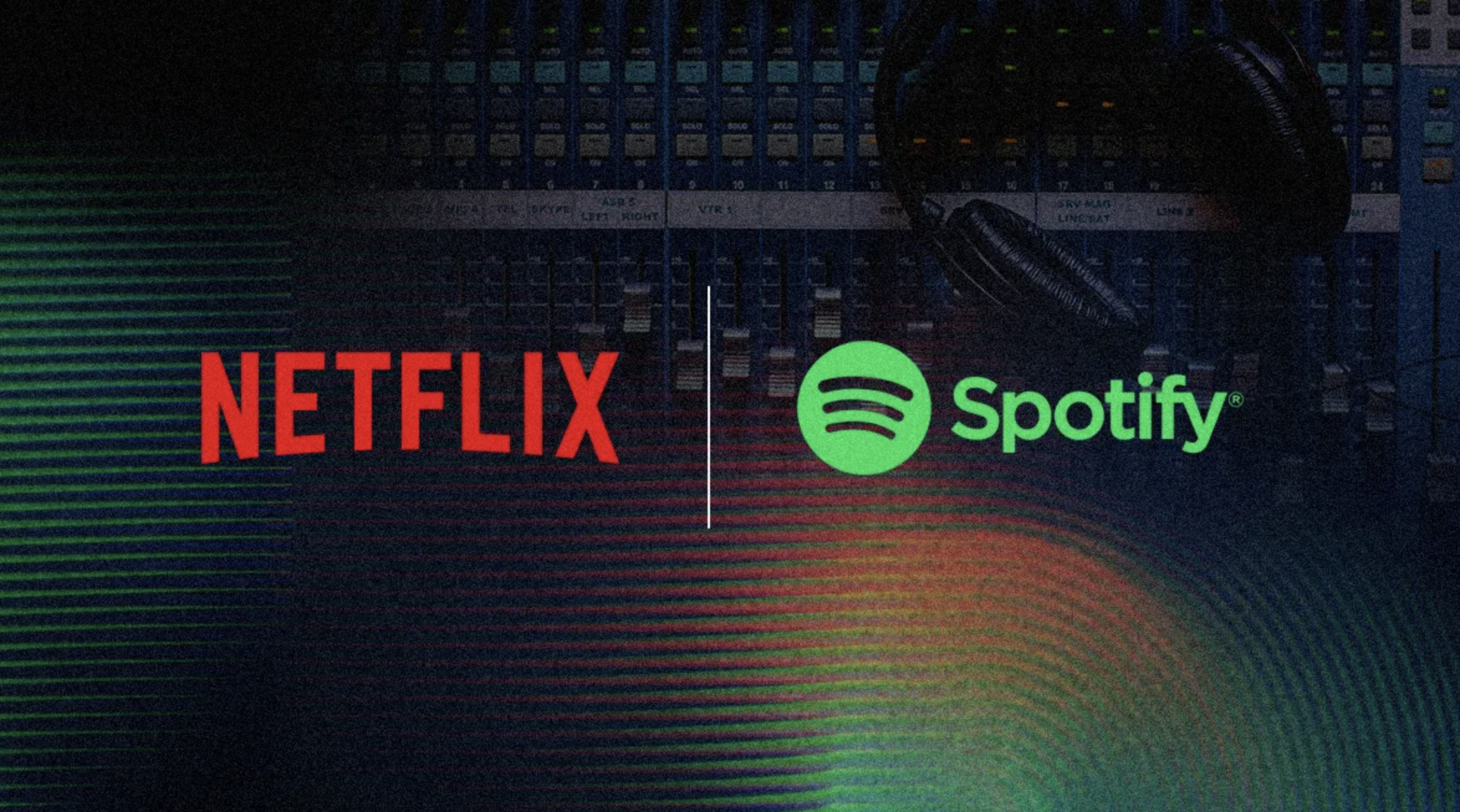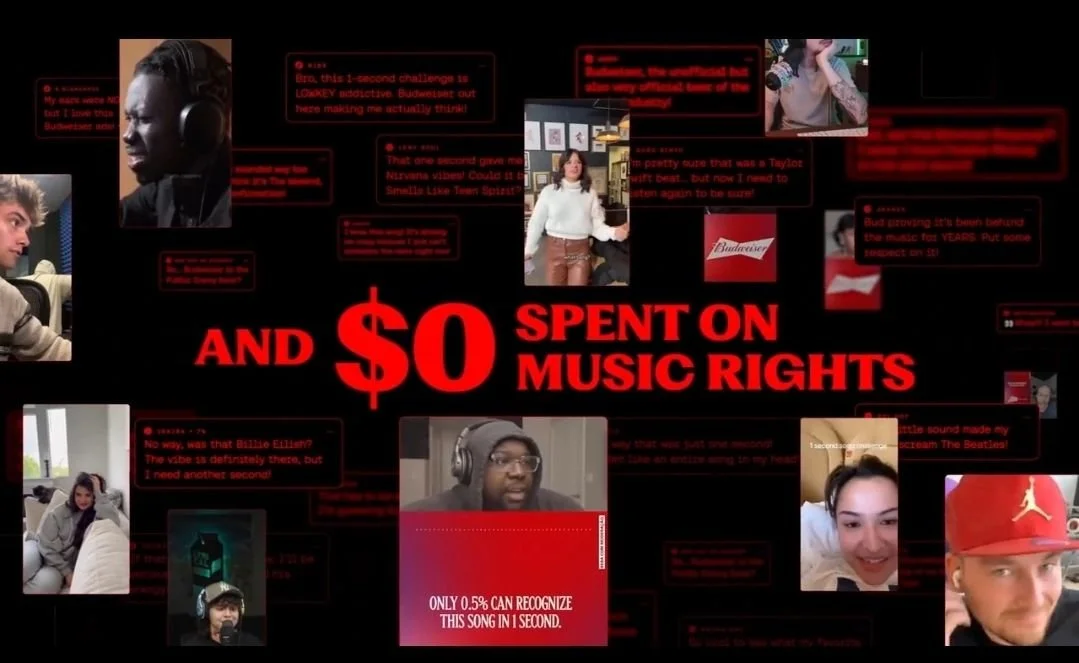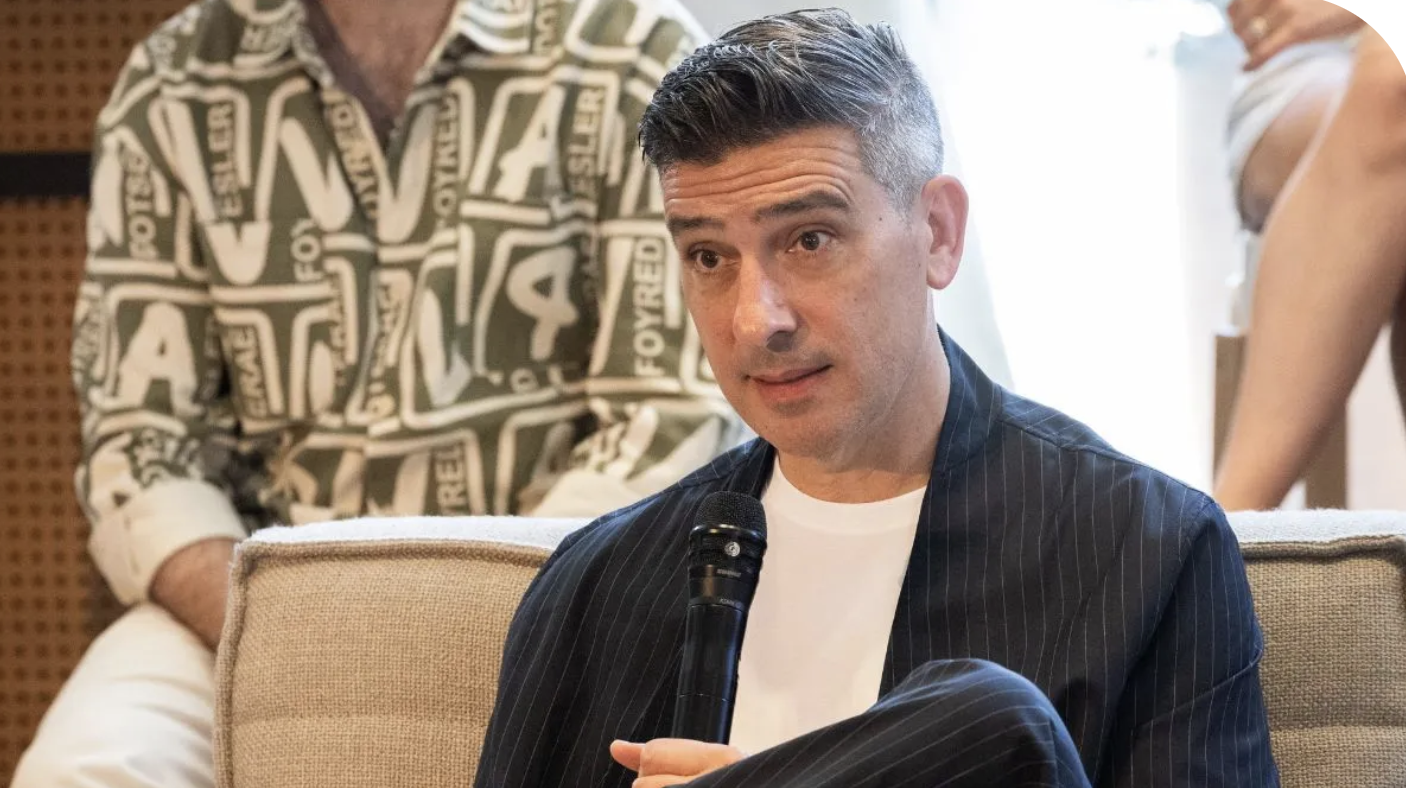Spotify's front-of-shirt partnership with FC Barcelona has become one of sport's most ambitious and effective branding strategies in recent memory. As outlined in Daniel-Yaw Miller’s May 2025 piece for SportsVerse, “How Spotify Built Its FC Barcelona Sponsorship Into a Music-Fashion-Culture Goldmine,” the streaming giant has rewritten the playbook on how brands can activate cultural relevance through sport. By trading traditional logo exposure for timely, artist-led takeovers during global moments like El Clásico, Spotify isn’t just sponsoring football – it’s shaping the future of fan engagement across music, fashion, and sport.
In a rare, behind-the-scenes interview, Marc Hazan, Spotify’s global VP of marketing and partnerships, described this strategy as “hitting the zeitgeist” - and by all measures, it’s working.
🚀 Pros - What’s Working?
Cultural Synergy That Resonates
Spotify’s yearly El Clásico jersey takeovers - featuring artists like Drake, Rosalía, The Rolling Stones and most recently Travis Scott - blend the emotional pull of football with the cultural weight of global music icons. These collaborations transcend fandom, creating mass desirability and tapping into fashion, resale and hype culture.
Record-Breaking Merchandising
The Travis Scott x Cactus Jack x Barcelona jersey set a new benchmark for demand, reportedly reselling for over $2,200 on StockX within days of its release. Earlier drops, like the Barcelona x Rosalía jersey, have also held strong resale value, cementing these pieces as cultural artefacts, not just merchandise.
Innovative Brand Integration
Unlike passive logo placements, Spotify’s activation strategy includes curated matchday playlists by players like Jules Koundé and exclusive artist performances (such as Travis Scott’s first-ever Barcelona concert). These deepen brand affinity while delivering unique experiences to fans.
⚠️ Cons - What Are the Risks?
Lost Traditional Visibility
By removing its logo from the most visible moment of the football calendar - the El Clásico - Spotify forfeits billions of global impressions. This is a high-risk move in a media environment where visibility often equates to value.
Dependence on Artist Relevance
The impact of the partnership is tightly linked to the cultural capital of the artists involved. A misstep in artist selection or backlash around a collaborator could quickly turn a cultural win into a PR problem.
Exclusivity vs Accessibility
While exclusivity drives hype, it may alienate loyal fans unable to afford or access these high-ticket items. Balancing aspirational branding with broad fan inclusion remains a challenge.
🔍 Opportunities - Where Brands Should Pay Attention
The Rise of Football as Fashion
Football kits are no longer just for match days. As Daniel-Yaw Miller notes, they're now fashion items worn by non-fans for style and status. Brands in music, fashion and sport should be exploring how to enter this crossover space authentically.
Reimagining Sponsorship Models
Spotify’s approach redefines what a sports sponsorship can be. Rather than visibility alone, it focuses on cultural currency, storytelling and digital content. This signals a shift in how partnerships should be structured in the age of fandoms and niche culture.
Localisation Meets Globalisation
Artist-led jerseys tap into global pop culture, but Spotify is also leveraging local fan communities with intimate concerts and regional engagement. This hybrid model of global reach with local resonance is an emerging best practice.
🧱 Challenges - What's in the Way?
Maintaining Authenticity
As Hazan emphasised, “staying respectful and authentic to football culture” is key. Over-commercialisation or tone-deaf activations risk alienating hardcore fans and eroding credibility.
Saturation and Imitation
Now that Spotify’s success is evident, copycat models are inevitable. Brands must innovate beyond the initial idea and evolve their execution to maintain originality and impact.
Scalability Beyond Barcelona
The unique cultural cachet of FC Barcelona, combined with Spotify’s artist relationships, makes this model effective. But can it be replicated with other teams or in other sports? Not every partnership offers the same cultural access point.
📌 Key Takeouts
Spotify’s Barcelona deal is redefining the role of sponsorships in culture.
Artist-led jersey swaps create scarcity, hype and commercial returns.
The strategy’s strength lies in merging music, fashion and football authentically.
Risks include visibility trade-offs, artist controversies and pricing exclusivity.
Cultural capital is the new media currency - and brands must invest accordingly.
🔮 Next Steps for Brand Marketers
Rethink ROI: Move beyond impressions and CPMs - ask how your brand can influence culture through partnerships.
Get Embedded: Work with cultural insiders - not just agencies - to ensure brand activations feel real, not reactive.
Design for Desire: Co-create limited products that fans want, not just ones that tick brand boxes.
Embrace Cross-Pollination: Consider how sport, music, fashion, gaming and nightlife intersect – and build at those crossroads.
Plan for Longevity: Don’t chase virality. Build long-term partnerships that allow for evolving, layered storytelling over seasons.
Spotify’s FC Barcelona playbook isn’t just a win for the brand. It’s a signal to the industry: the next era of sponsorship will be led by those who dare to blend creativity, culture and commerce.



